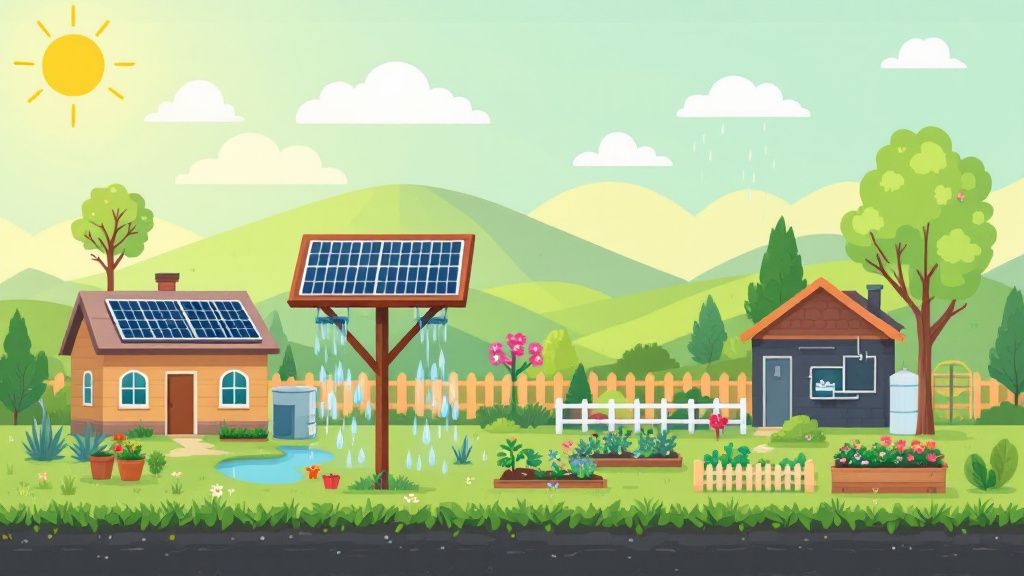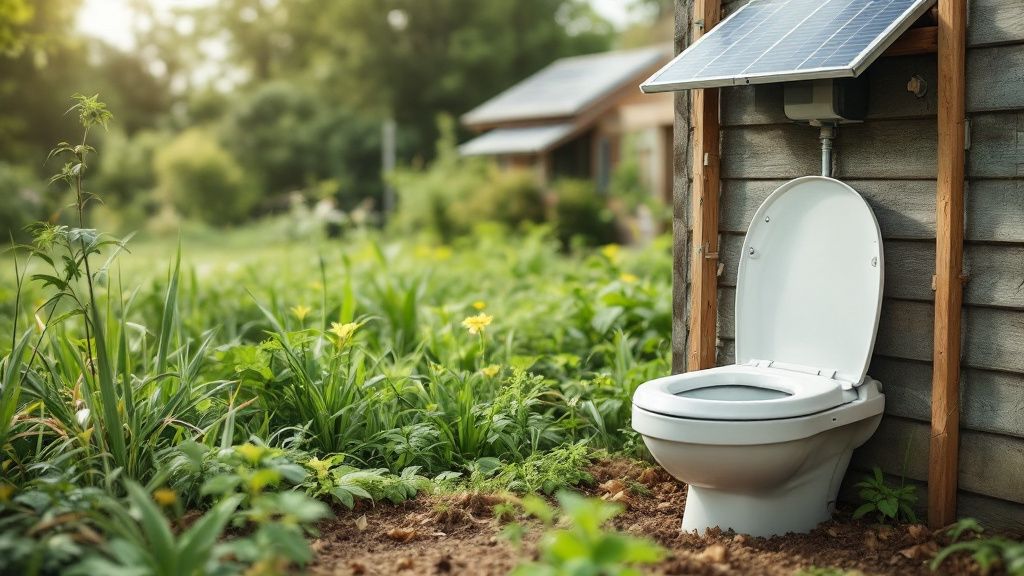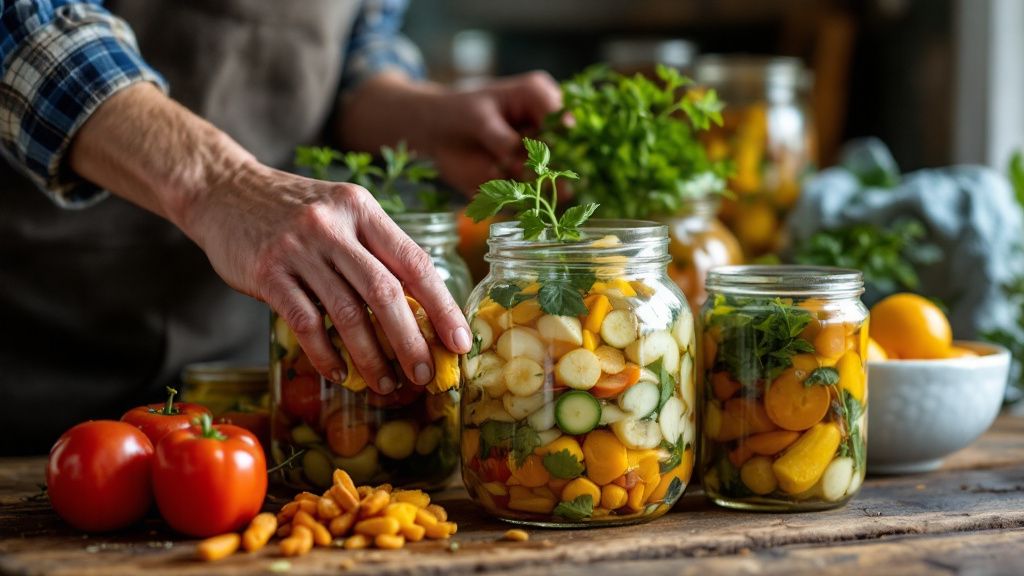Exploring the Lifestyle of Self-Sufficiency in the Modern World
- California Tiny House
- Apr 18
- 6 min read
In today's fast-paced world, embracing self-sufficiency is a creative and rewarding journey where you take control of your lifestyle, shaping it to be both sustainable and fulfilling. Delve into tiny house living, where every inch of space is optimized, offering a simpler, more eco-friendly way of life. Imagine waking up in off-grid homes, relying on renewable energy sources and growing your own food, fostering a closer connection to nature and reducing your carbon footprint. Homesteading tips abound as you learn to harvest rainwater, cultivate a garden, and perhaps even raise livestock, making sustainable living a tangible and achievable reality.

The Basics of Sustainable Living
Sustainable living begins with simple, conscious choices that prioritize the health of our planet and the well-being of its inhabitants. By reducing waste, conserving energy, and choosing eco-friendly products, you actively contribute to preserving the environment. Embracing tiny house living is one way to simplify life and decrease your ecological footprint, requiring fewer resources while maximizing space efficiency.
Integrating sustainable practices into daily routines, such as home gardening and composting, can significantly enhance your journey towards off-grid living. Collecting rainwater and utilizing solar panels are practical steps to reduce reliance on external resources, fostering a more self-reliant lifestyle. These efforts can transform your home into a haven of self-sufficiency, closely connected to nature.
Homesteading tips help refine your skills in making this lifestyle change, from understanding seasonal planting to preserving home-grown produce. Online communities and workshops provide a wealth of knowledge, enabling you to overcome challenges and share successes with others on the same path.
Looking ahead, sustainable living is poised to evolve with technological advancements and increasing environmental awareness. Innovations in renewable energy and sustainable materials promise to make off-grid homes more accessible and efficient. As these trends gain momentum, your commitment to sustainability will likely pave the way for a greener, more resilient future.

Essential Off-Grid Living Ideas
Living off-grid opens up a world of ingenious self-sufficiency strategies, allowing you to thrive independently from traditional infrastructure. Adopting renewable energy sources such as solar or wind power is a cornerstone of sustainable living, helping to power off-grid homes with clean energy. Tiny house living often enhances this lifestyle by minimizing space and energy needs, making it easier to implement these ideas effectively.
One of the challenges in off-grid living is managing energy storage for times when renewable sources aren't immediately available. This issue can be addressed through the adoption of efficient battery systems, capable of storing excess energy for use during nights or cloudy days. Additionally, efficient insulation and energy-saving appliances can reduce energy demands, making your home more efficient and comfortable throughout the year.
Water is another critical aspect to consider. The problem of ensuring a reliable water supply can be mitigated by setting up rainwater collection systems and purification methods. This solution enables a steady source of clean water, essential for daily use and gardening. By incorporating homesteading tips , such as permaculture gardening and livestock management, you enrich your sustainable lifestyle. These practices support a thriving ecosystem around your home while providing fresh produce and resources for daily life.

Designing an Eco-Friendly Home
Designing an eco-friendly home involves harmonizing with nature while reducing your environmental footprint. You start by selecting sustainable materials, such as recycled wood or bamboo, which are both renewable and long-lasting. Incorporating passive solar design helps naturally regulate your home’s temperature, diminishing the need for artificial heating or cooling systems.
To truly excel at sustainable living, you need to shift your mindset from viewing a home solely as a shelter to seeing it as an integrated system that interacts with its environment. This new perspective encourages the use of energy-efficient appliances and water-saving fixtures, further enhancing your home’s eco-credentials.
In the realm of tiny house living, every design detail counts. Embrace multifunctional spaces and furniture to optimize utility while minimizing resource consumption. This approach, combined with off-grid technologies like solar panels and composting toilets, supports a holistic lifestyle dedicated to sustainability.
Homesteading tips can guide you in designing a productive landscape. Planting native species alongside edible gardens creates a biodiverse habitat that supports local wildlife and provides fresh produce for your household. By weaving these elements into your home design, you cultivate an environment that delights and sustains you.

Food Production and Preservation on Off-Grid Homesteads
Producing your food on an off-grid homestead requires a deep connection to the land and thoughtful planning for year-round sustenance. You might start with a variety of fruits and vegetables, using permaculture techniques to create a thriving ecosystem that requires minimal external inputs. Companion planting maximizes yields while naturally deterring pests, contributing to a more balanced garden.
Preservation methods are crucial to ensure that the bounty from your garden lasts through the seasons. Techniques like canning, dehydrating, and fermenting maintain the nutritional content of your produce while extending its shelf life. Setting up a root cellar offers an effective solution for storing fresh produce in optimal conditions without relying on modern appliances.
In the next few years, food production on off-grid homesteads is likely to incorporate more innovative approaches such as aquaponics and vertical farming. These systems use space and resources efficiently, making them ideal for tiny house living and sustainable living enthusiasts. They foster a continuous supply of food, enhancing your self-sufficiency while minimizing environmental impact.
Homesteading tips from seasoned practitioners can propel your journey, offering wisdom on crop rotation and livestock management. By combining traditional techniques with modern innovations, you create a resilient, self-sustaining food system that aligns with the principles of sustainable living.

Choosing the Right Location for Off-Grid Living
When embarking on an off-grid lifestyle, selecting the right location is essential in shaping your sustainable living experience. You should consider various factors like climate, accessibility to natural resources, and land fertility. A location with ample sunlight and water sources is ideal, as it allows for effective use of solar panels and rainwater harvesting systems, both crucial for off-grid homes.
Zoning regulations and property accessibility also play a significant role in your decision. Ensure the land is zoned for the type of living you envision, whether tiny house living or a larger homestead. Accessibility to markets and services, even if minimal, can be a valuable support as you establish your self-sufficient lifestyle, especially in emergencies or when supplies run low.
For example, in rural parts of Oregon, many off-grid communities have found success due to an abundance of sunshine and fertile soil, providing robust opportunities for homesteading. Additionally, these areas often come with fewer zoning restrictions, allowing you more freedom to develop your self-reliant sanctuary.
When considering your ideal location, reflect on proximity to like-minded neighbors or communities. Establishing connections with others on a similar path can bring collaborative opportunities and shared homesteading tips. Together, you can create a supportive network, enriching your experience with shared insights and resources.
Finally, consider the potential for growth and adaptation in your chosen location. As you develop your off-grid homestead, having space to expand or adapt your setup in response to evolving needs and innovations can enhance your sustainable living journey. This foresight ensures that your chosen spot remains viable for long-term success and tranquility.

Building a Community of Like-Minded Individuals
How does building a community of like-minded individuals impact your off-grid living experience? It provides a support network that significantly enhances both the sustainability and enjoyment of your lifestyle. Sharing resources, skills, and knowledge means you are never alone in facing the challenges of tiny house living or running off-grid homes. This collaboration fosters resilience and creativity as you collectively tackle issues like energy needs or food production.
Creating a community begins with reaching out to those who share your values and vision for sustainable living. Whether through online forums or local meet-ups, connecting with others passionate about homesteading can lead to valuable relationships. You might exchange homesteading tips, organize group projects, or co-host skill-sharing workshops, enriching your knowledge and capability in nurturing self-sufficiency.
The strength of a community lies in its collective wisdom and the diversity of its members’ skills. By pooling resources, you can access larger tools and equipment or invest in shared renewable energy systems like wind turbines, benefiting everyone involved. For example, some eco-villages have successfully shared gardens and livestock, ensuring a consistent supply of fresh produce and eggs while reducing individual workload.
A community also offers emotional and social support, essential for sustaining an off-grid lifestyle. Celebrating milestones or overcoming challenges together reinforces bonds and creates an enriching social environment. This sense of belonging can be particularly comforting in remote settings where day-to-day interactions might be limited.
As you build your community, foster an atmosphere of openness and cooperation. Encourage active participation and inclusivity to ensure everyone’s voice is heard. Through these connections, you solidify a network that not only aids in your sustainable living endeavors but also brings joy and camaraderie to your off-grid journey.




